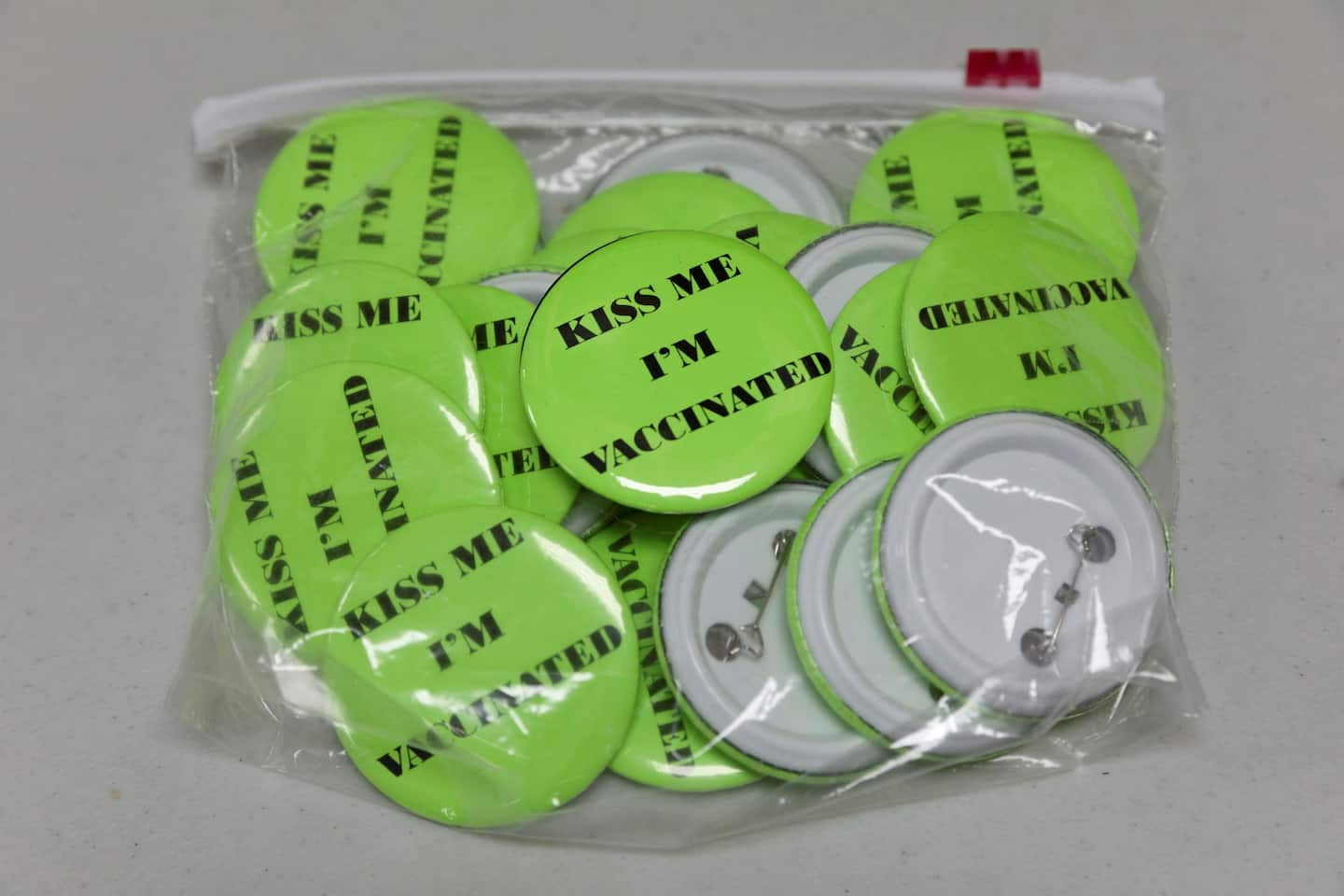For cancer patients, trying to get a coronavirus vaccine is a dark comedy

Our family discovered this the hard way. A few days before the new year, my wife, Rachel, was diagnosed with cancer in both breasts. Further tests revealed a genetic condition, BRCA2, which seriously elevates her risk of more cancers. She’ll be spending the first half of 2021 in and out of surgery. Doctors will remove her ovaries, uterus, fallopian tubes and both breasts. She’ll be weak and vulnerable until at least the summer.
So we reacted hopefully when we read that our state of Colorado had moved to its next vaccination phase, 1B.3, which makes people with high-risk conditions eligible for the shot — maybe.
This is where the dark comedy begins. To get a shot in Colorado right now, you need not one, but two, serious, high-risk conditions. If you have cancer, you can get the vaccine only if you also have something else, such as coronary heart disease, diabetes mellitus or Down syndrome.
That’s right: Colorado has a two-strikes-to-win policy. And it’s not alone. Massachusetts, Washington and New Hampshire do, too, or will eventually. Have cancer? Too bad! Heart failure? Not bad enough!
Rachel would become eligible for a vaccine if she were pregnant, as that’s also a qualifying condition. But that’s pretty tricky without ovaries and a uterus.
The comic absurdity continues: She could get a vaccine if, in addition to having cancer, she also needed a solid organ transplant. It’s not enough that the doctors will scalpel away her intimate body parts. She’d qualify only if they also add someone else’s body parts to hers. Double mastectomy? Sorry! Not serious enough! Maybe replace your kidneys and try again!
I’d like to suppose that these states are crazy outliers. Not so. In South Carolina, athletic trainers have been able to get the vaccine before cancer patients. So have cannabis workers in California. In Maryland, patients with high-risk medical conditions get priority only if they’re being treated in a hospital or hospital-based office.
Elsewhere, it’s virtually impossible to tell whether or which high-risk conditions qualify. Inquiring minds will need a PhD in data science to navigate the informational websites created by West Virginia and Iowa. It takes hours and a geography lesson to decipher vaccine distribution in Nevada, where each of the 16 counties and one independent city operates on its own schedule.
Some states are undecided. Idaho thinks it will allow those with high-risk conditions to get vaccinated after all the “front-line workers” in March or April, but it’s not sure yet. Neither is Wisconsin. It says information “will be announced soon.” (Your cancer is very important to us; please try again later.)
Cancer patients are entirely out of luck in Connecticut and Maine. They determine vaccine eligibility almost entirely by age alone, other risk factors be damned. No dice in Ohio, either. The Buckeye State takes health conditions seriously only if you’ve had them since childhood.
Tennessee prioritizes a broader range of conditions, including dementia and liver disease, and those who are dependent on ventilators or other health technologies. The state does not, however, specifically include cancer patients, unless they’re receiving chemotherapy or another specified treatment.
As for Rachel, as a college teacher she is just as likely to get a vaccine for her occupation as she is for her condition as a cancer patient. Absent that second condition, Colorado puts both in the same tranche, just before the general public. Fortunately or unfortunately, Rachel just happens to have a second condition. That won her a shot at the vaccine on the hellscape that is the online appointment system.
Most other people with life-threatening conditions won’t be so lucky. Across the country, people who are young and healthy and low-risk, but are considered essential by the state, have been getting vaccinated for weeks now. But people who are already fighting for their lives, or enduring immune-suppressing treatments such as chemotherapy or radiation, are in most cases not yet eligible.
Only one state, Pennsylvania, puts people with life-threatening conditions at the very top of the list. Everywhere else, cancer patients seeking vaccination need to take a number — or hope they come down with something really serious.
Read more:






